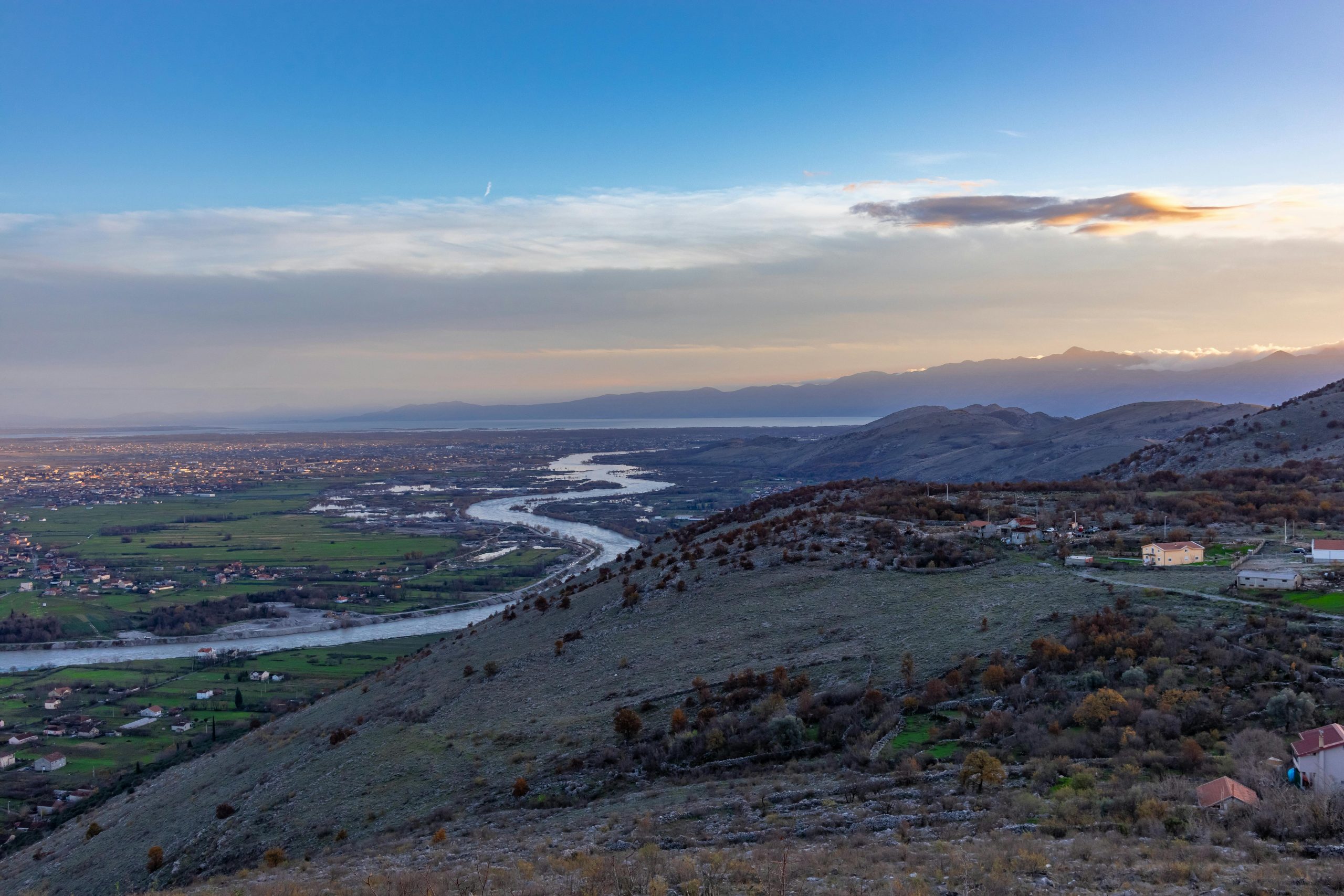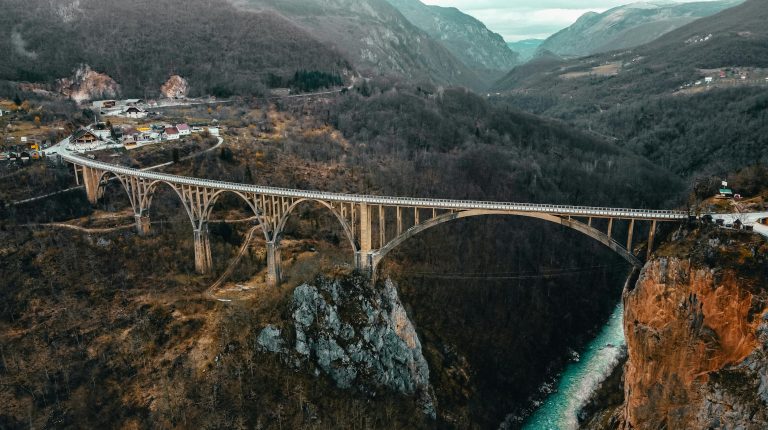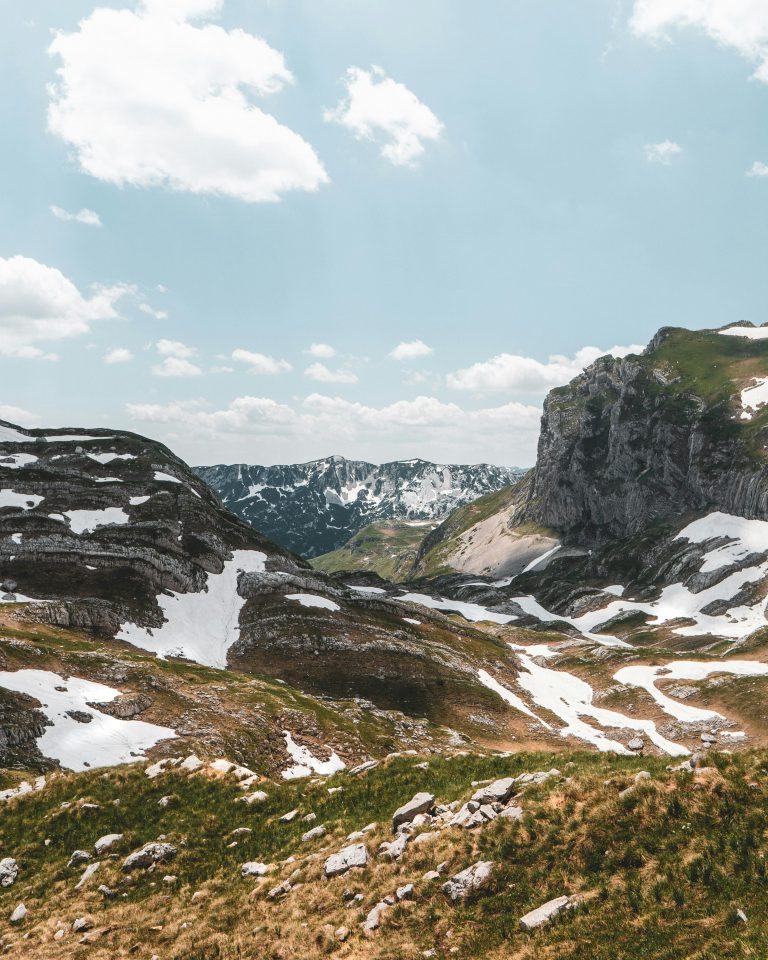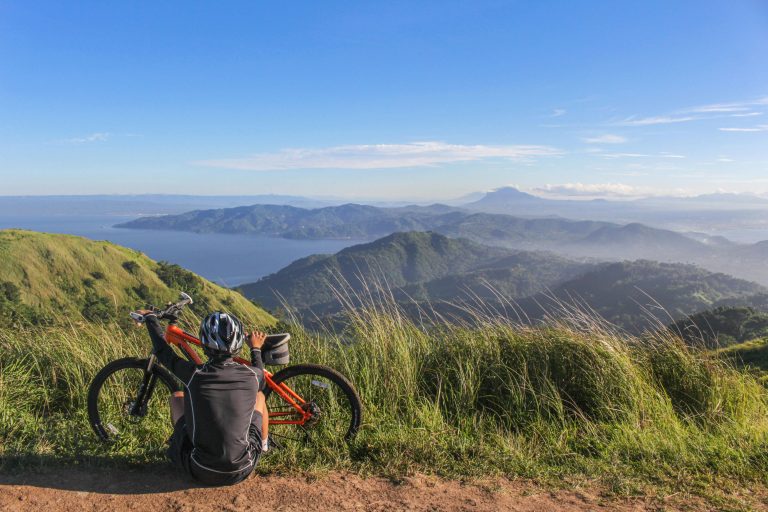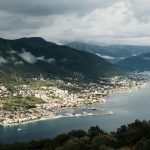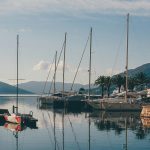Montenegro is a country of dramatic contrasts—not just in its geography, but in its climate as well. Tucked into the western Balkans and stretching from the Adriatic coast to rugged inland mountains, Montenegro’s weather patterns are as diverse as its landscapes. Understanding the weather in Montenegro is essential when planning your trip, whether you’re heading for a sunny beach holiday, a hiking adventure in the mountains, or a cultural exploration of its historic towns.
What Is the Climate Like in Montenegro?
Montenegro enjoys a Mediterranean climate along its coast and a continental climate inland. This means you’ll experience hot, dry summers near the sea and colder, snowier winters in the highlands. Despite being a small country, Montenegro’s terrain—ranging from sea level to over 2,500 meters in elevation—creates distinct microclimates that can vary dramatically, even within a single day’s drive.
Coastal Climate (Adriatic Region)
Cities like Kotor, Budva, Herceg Novi, and Ulcinj benefit from a mild Mediterranean climate. Summers are hot and sunny, with average daytime temperatures around 28–32°C (82–90°F), while winters are relatively mild, rarely dropping below 10°C (50°F). Rainfall is more common in autumn and winter but rarely lasts long enough to disrupt travel plans.
Inland Climate (Highlands and Mountains)
Places like Žabljak, Pljevlja, and the Durmitor National Park experience a far more continental alpine climate. Summers are shorter and cooler, ideal for outdoor activities like hiking and rafting. Winters can be cold and snowy, making these areas perfect for skiing and snowboarding. Snowfall is frequent from December to March, and temperatures often dip well below freezing.
Monthly Breakdown: Montenegro Weather by Season
Spring (March to May)
Spring in Montenegro is a time of renewal. The coast begins to warm up, wildflowers bloom in the valleys, and hiking trails become accessible in lower elevations.
- Temperature range: 10–22°C (50–72°F)
- Best for: Sightseeing, hiking, and cultural exploration
- Travel tip: May is one of the best months to visit—pleasant weather with fewer crowds
Spring is also the start of the tourism season in many areas, particularly along the coast, though the beaches are still quiet compared to the summer peak.
Summer (June to August)
Montenegro truly comes alive in the summer. The coast is bustling, the Adriatic is at its warmest, and festivals fill town squares.
- Temperature range (coast): 25–33°C (77–91°F)
- Temperature range (mountains): 18–25°C (64–77°F)
- Best for: Beach holidays, nightlife, and water sports
- Travel tip: July and August are peak months—book accommodation early
The mountains offer a refreshing escape from coastal heat, especially in places like Kolasin and Durmitor, which are perfect for active holidays.
Autumn (September to November)
Autumn is a golden season in Montenegro. The sea remains warm enough to swim in through mid-October, and the fall foliage inland is breathtaking.
- Temperature range: 14–26°C (57–79°F)
- Best for: Wine tasting, hiking, photography, and quieter travel
- Travel tip: September combines summer warmth with fewer tourists
Grape and olive harvests dominate the countryside in this season, making it a particularly rewarding time for food and wine lovers.
Winter (December to February)
Winter is Montenegro’s hidden season. While coastal towns are quieter, the northern regions transform into ski resorts and snow-covered getaways.
- Temperature range (coast): 5–14°C (41–57°F)
- Temperature range (mountains): -5 to 5°C (23–41°F)
- Best for: Skiing, snowboarding, winter hiking
- Travel tip: Head to Žabljak or Kolasin for the best snow conditions
Snow rarely reaches the coast, but in the interior and highlands, you’ll find some of the best winter sports opportunities in the Balkans.
Rainfall and Sunshine: What to Expect
- Most rainfall: November and December (especially on the coast)
- Driest months: July and August
- Sunniest regions: Budva, Ulcinj, and Bar (up to 250 sunny days per year)
Despite Montenegro’s rainier reputation in some seasons, showers are often short and localized. Pack a light rain jacket just in case—especially if you’re visiting in late autumn or winter.
What to Pack for Montenegro’s Weather
Because of the country’s varied elevation, packing for Montenegro often means preparing for multiple seasons.
For Summer:
- Light, breathable clothing
- Swimwear and beachwear
- Sunglasses, hat, and sunscreen
- Comfortable walking shoes or sandals
For Spring & Autumn:
- A mix of short and long-sleeved clothing
- Light jacket or sweater for evenings
- Waterproof jacket or umbrella
- Hiking shoes if exploring national parks
For Winter:
- Warm, layered clothing
- Waterproof boots and thermal wear for mountain regions
- Hat, gloves, and scarf
- Ski gear if planning on snow sports
When Is the Best Time to Visit Montenegro?
Your ideal time to visit Montenegro depends on your interests.
- For beach holidays: June to early September
- For nature and adventure travel: May, June, September, October
- For skiing and snow: Late December through March
- For cultural travel and fewer crowds: April, May, and October
Shoulder seasons (April–June and September–October) offer the best balance between comfortable weather, lower prices, and fewer tourists.
Final Thoughts
Montenegro may be compact, but its weather diversity adds layers to your travel experience. From the sun-drenched Adriatic beaches to the snow-covered peaks of the Dinaric Alps, every season offers something different. Understanding the country’s seasonal rhythms will help you plan better, pack smarter, and enjoy everything Montenegro has to offer—rain or shine.
Whether you’re chasing summer sun or winter snow, Montenegro’s climate makes it a year-round destination for all types of travelers.
